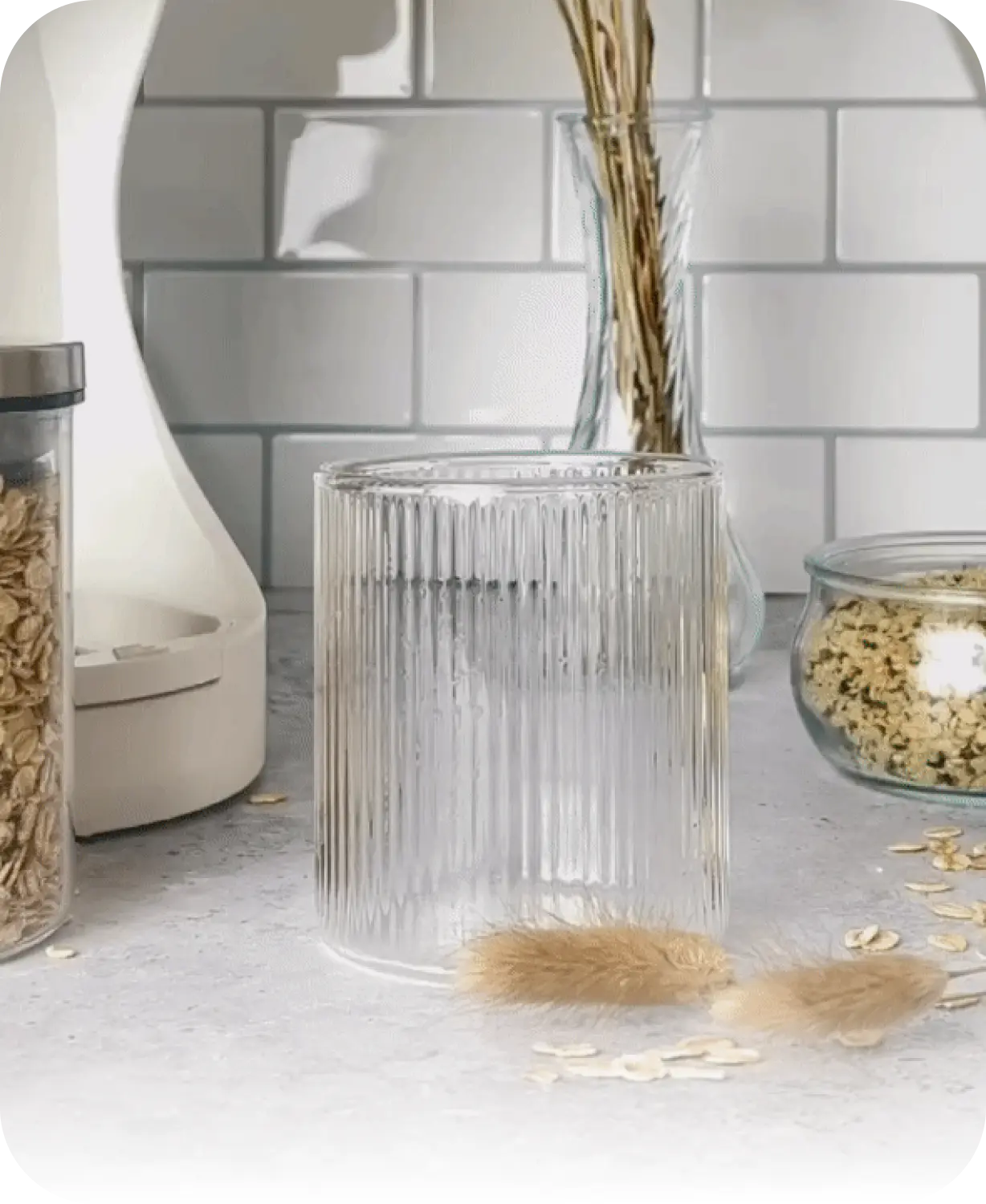Buckwheat milk, a creamy and nutritious alternative to dairy, has been gaining popularity among individuals with dietary restrictions and those seeking innovative plant-based options. Whether you're lactose intolerant, vegan, or simply intrigued by new culinary adventures, crafting buckwheat milk at home with Milky Plant offers a convenient and delicious solution. However, when it comes to using buckwheat, particularly in its roasted or sprouted form, or through overnight soaking, which method should you choose? Let's explore this question and uncover the best approach for concocting homemade buckwheat milk with Milky Plant.
Roasted or Sprouted Buckwheat: Which is Better?
Both roasted and sprouted buckwheat can serve as the base for your homemade buckwheat milk, each method offering its own unique advantages.
Roasted Buckwheat: Opting for roasted buckwheat can impart a nutty and robust flavor to your milk. Roasting the buckwheat kernels intensifies their flavor and aroma, adding depth to the final beverage. Ensure your roasted buckwheat is cooled before adding it to the blending compartment of Milky Plant. Roasted buckwheat requires no additional soaking time, making it a convenient choice for those looking to streamline the milk-making process.
Sprouted Buckwheat: Conversely, sprouted buckwheat boasts a slightly milder flavor profile and enhanced digestibility. Sprouting involves soaking the buckwheat kernels in water for several hours until they germinate, activating enzymes and increasing nutrient availability. After sprouting, drain and rinse the buckwheat thoroughly before adding it to the blending compartment of Milky Plant. While sprouting adds an extra step to the process, it may yield a smoother and more easily digestible milk.
Crafting Buckwheat Milk with Milky Plant:
Now that we've explored the merits of each method, let's delve into the process of creating homemade buckwheat milk with Milky Plant:
- Whether you opt for roasted or sprouted buckwheat, ensure they are ready for blending. Add the buckwheat to the blending compartment of Milky Plant, being mindful not to exceed the designated maximum line.
- Fill the water tank of Milky Plant with clean water, ensuring it meets the minimum level requirement.
- Once your ingredients are in place, initiate the blending process by activating Milky Plant. The machine will commence blending the buckwheat and water, extracting the milk in the process. As blending progresses, the pulp is separated from the milk, resulting in a smooth and creamy beverage.
- Don't discard the leftover buckwheat pulp! This nutrient-rich residue can be repurposed in various culinary creations, such as adding it to baked goods like bread or muffins, incorporating it into energy bars, or using it as a thickening agent in soups and sauces. Its hearty texture and subtle nutty flavor can enhance a variety of dishes, minimizing food wastage while maximizing nutrition.
Whether you opt for roasted or sprouted buckwheat, preparing homemade buckwheat milk with Milky Plant is a simple and rewarding endeavor. By following these guidelines, you can enjoy the creamy goodness of buckwheat milk with convenience and ease. So, why not embark on a culinary adventure and savor the delights of this nutritious dairy alternative?















